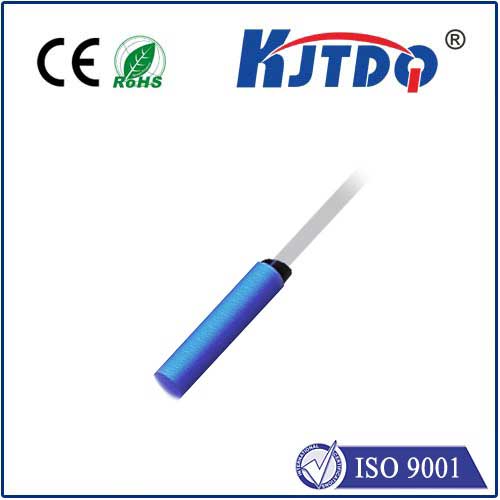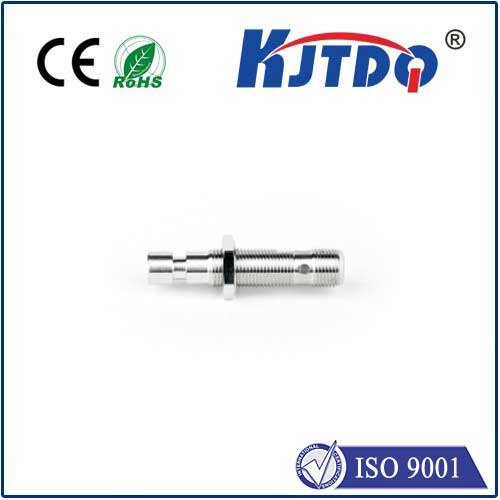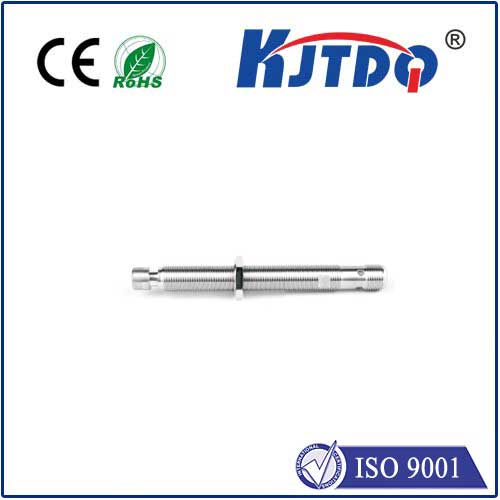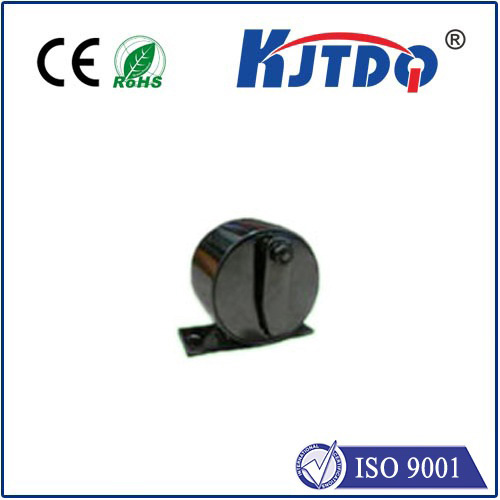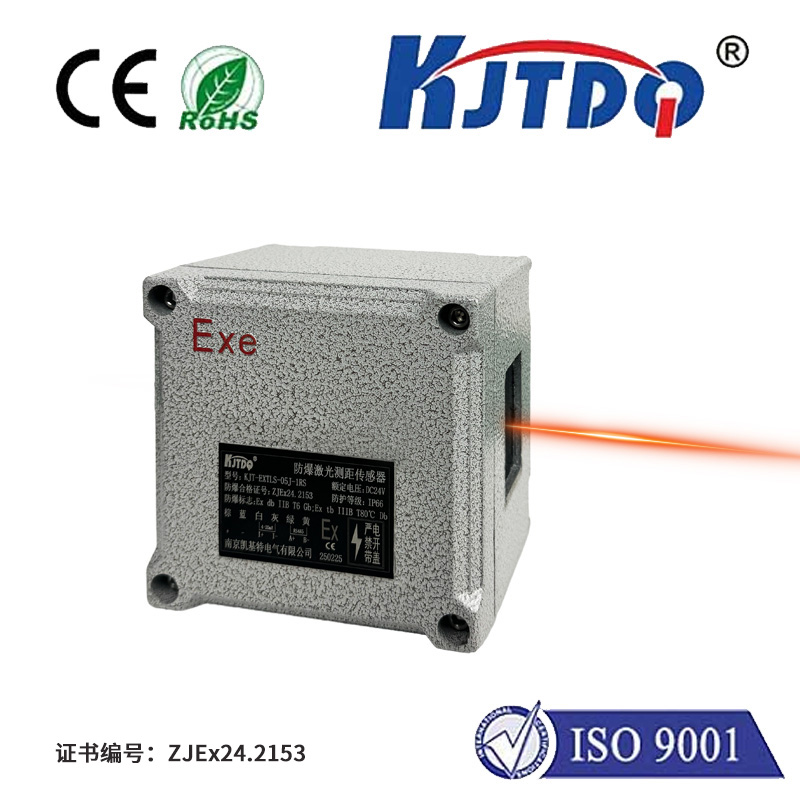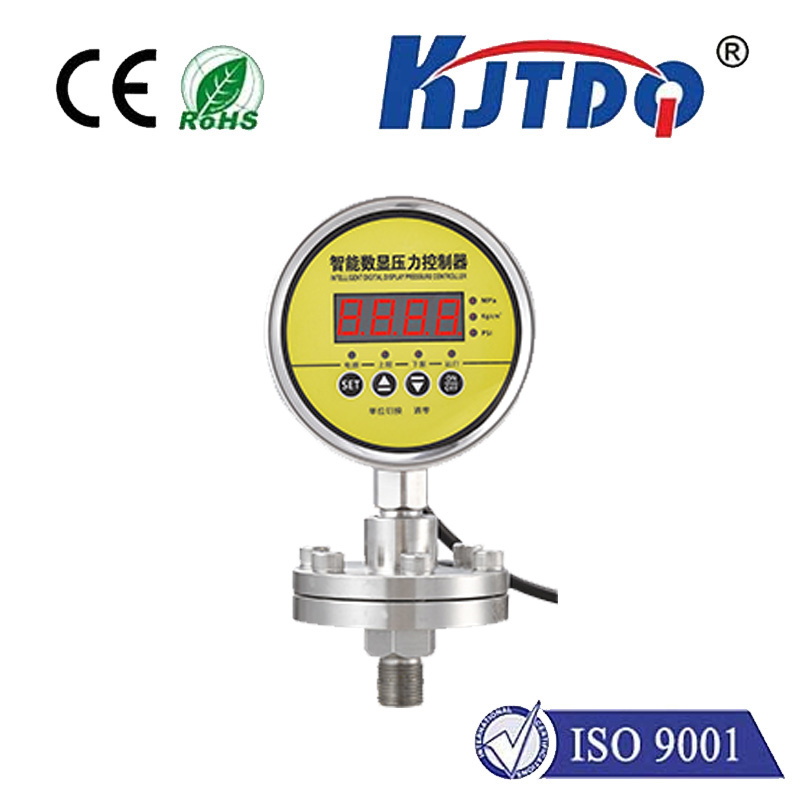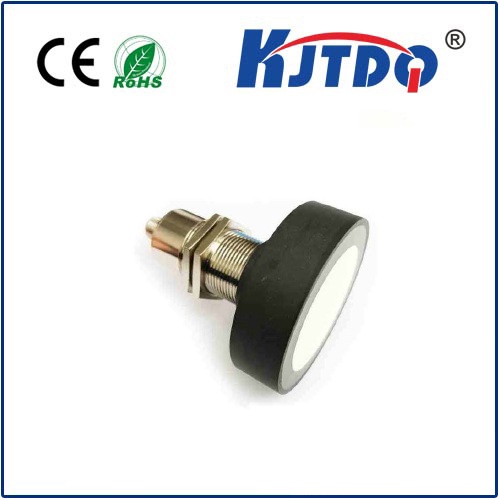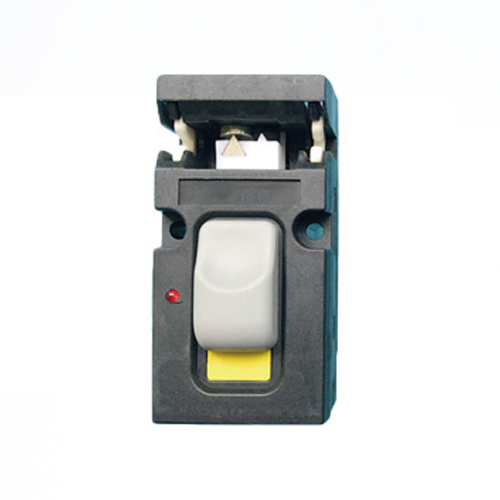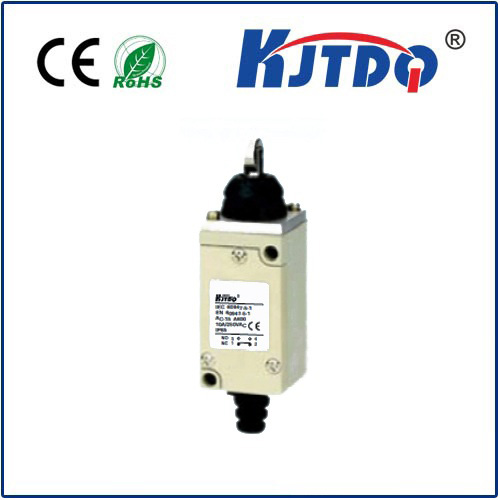

check

check

check

check

check

check

check

check

check

check
Title: Positioning Laser Sensors: Revolutionizing Automation and Accuracy
Introduction
Laser positioning sensors have revolutionized automation and accuracy in various industries, from manufacturing to logistics. These advanced sensors use laser beams to measure distances and determine precise positions, ensuring efficient operation and optimal results. In this article, we will explore the key features of positioning laser sensors, their applications, and how they are transforming industries.
Key Features of Positioning Laser Sensors
Positioning laser sensors are designed to provide fast, accurate, and reliable measurements of distance and direction. They work by emitting a laser beam and measuring the time it takes for the light to bounce back, known as the transit time. By comparing this time to a reference signal, the sensor can calculate the position and orientation of an object relative to the sensor. Some of the key features of these sensors include:

1. High Accuracy: Positioning laser sensors offer high levels of accuracy thanks to their ability to measure small variations in light travel time. This makes them ideal for applications that require precise positioning, such as robotics, industrial machinery, and medical devices.
2. Fast Response Time: These sensors have rapid response times, allowing them to quickly detect changes in distance or orientation. This makes them useful for real-time tracking and control systems.
3. Compact Design: Positioning laser sensors are typically compact and lightweight, making them easy to install and integrate into various equipment. They also offer a high degree of flexibility, enabling them to be used in different environments and with different types of targets.
Applications of Positioning Laser Sensors
Positioning laser sensors have numerous practical applications across various industries. Here are some examples:
1. Manufacturing: In manufacturing, positioning laser sensors are used for quality control, inspection, and process monitoring. They help ensure that products are manufactured consistently and accurately, reducing waste and improving efficiency.
2. Logistics: In logistics, positioning laser sensors are used for tracking vehicles, shipments, and inventory. They enable companies to optimize routes, reduce delivery times, and improve supply chain management.
3. Robotics: Robotics engineers use positioning laser sensors to create autonomous robots that can navigate complex environments and perform tasks with precision. These sensors allow robots to sense their surroundings, make decisions based on that information, and adjust their movements accordingly.
Conclusion
Positioning laser sensors have transformed the way industries operate by providing fast, accurate, and reliable measurements of distance and direction. Their high accuracy, rapid response time, compact design, and versatility make them essential tools for a wide range of applications. As technology continues to evolve, we can expect even more advanced positioning laser sensors to emerge, further enhancing automation and accuracy across industries.
